Bryan's Posts About Conservation Biology
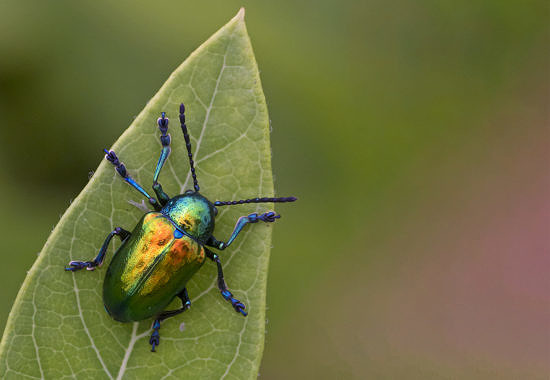
Extinction and other Matters of Life and Death and Insects
Perspectives on the “insect apocalypse” and what we might do about it.
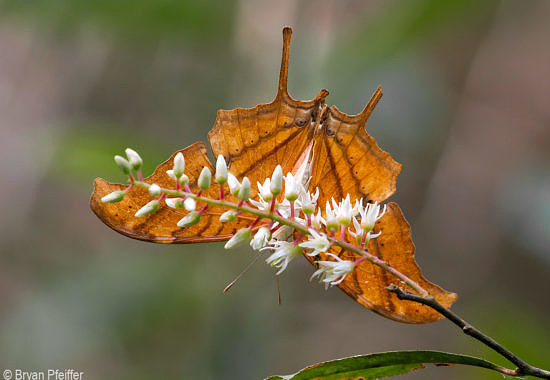
Insects and Us: Our Shared Fate
Now that the fate of insects is being described in apocalyptic terms, I’ll be helping to make some sense of it all live on Thursday, February 21, at noon on Vermont Public Radio.

The Extinction of Meaning
One of the most imperiled animals in North America isn’t big and furry like a polar bear. It has incited no eco-wars like those over the gray wolf or the spotted owl. Instead it’s a tiny butterfly that I’ve watched dance across the prairie.
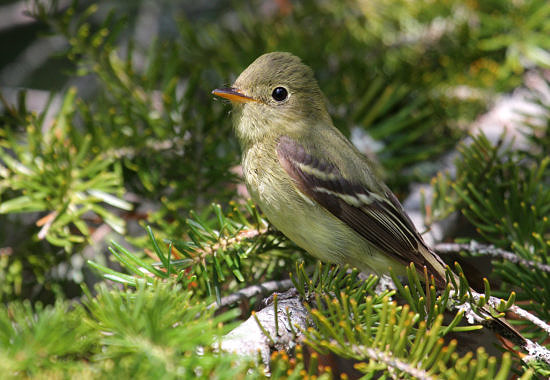
On Darwin Day: Saving Songbirds
Today, Charles Darwin’s Birthday, I offer you a reflection from my annual bird survey at Bear Swamp in Wolcott, Vermont, where the Yellow-bellied Flycatchers call out no more.
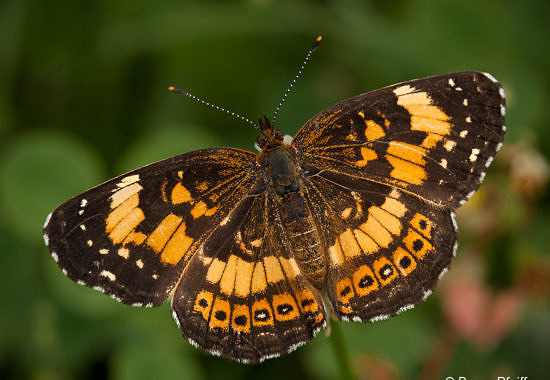
The Sunflower and the Butterfly: Together They Fall
When you kill a rare sunflower here in Vermont, you may also be killing a rare butterfly.

A Blackpoll Warbler’s Daring Trans-Atlantic Flight
Two wings and a prayer carry a Blackpoll Warbler on a remarkable journey to South America each autumn. Well, actually, two wings and the audacity to pull off one of the most amazing feats of migration on the planet: a non-stop, trans-Atlantic flight lasting up to three days.
After only speculating about this amazing journey for decades, my colleagues at the Vermont Center for Ecostudies today announced the proof. Blackpoll Warblers fitted with miniature tracking devices took off from points in either Nova Scotia or the northeastern U.S. and flew south over the Atlantic, with no safe place to land, until reaching Caribbean islands roughly 1,600 miles away.

A Bobolink’s Carbon Fingerprint
What happens in South America doesn’t stay in South America. Bobolinks now migrating north will unwittingly bring back clues about what they were up to last winter. For the ornithologists working to protect these songbirds, it amounts to “better living through nuclear chemistry” — and better conservation as well.

Going Nuclear for Dragonflies
On a crisp, sunny day in September, after what was probably a typical summer for a dragonfly, a Common Green Darner took off and began to migrate south. As it cruised past the summit of Vermont’s Mt. Philo, with Lake Champlain below and the Adirondacks off in the distance, the dragonfly crossed paths with a Merlin.
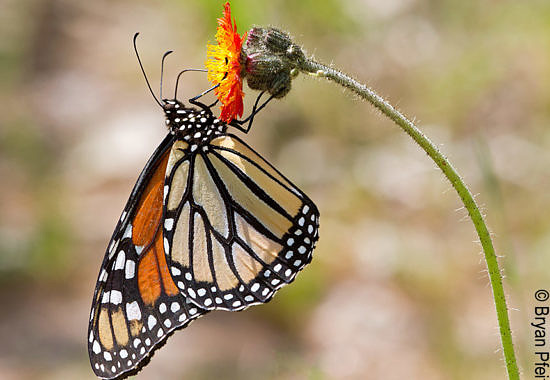
Got Milkweed?
Now drifting back into northern sections of the United States, Monarchs face a perfect storm of threats. But you can plant the seeds (literally) to help America’s favorite insect.

Desperately Seeking Rusty Blackbirds
By Bryan on April 9, 2014 It is basic black with an inelegant voice. It nests in places we rarely visit. And in relative obscurity, the Rusty Blackbird has suffered one of the most dramatic population declines ever recorded among…
The Troubling Buzz on Bees
From my colleagues at the Vermont Center for Ecostudies: More than one-quarter of Vermont’s bumble bee species, which are vital crop pollinators, have either vanished or are in serious decline, according to a new investigation from the Vermont Center for…
